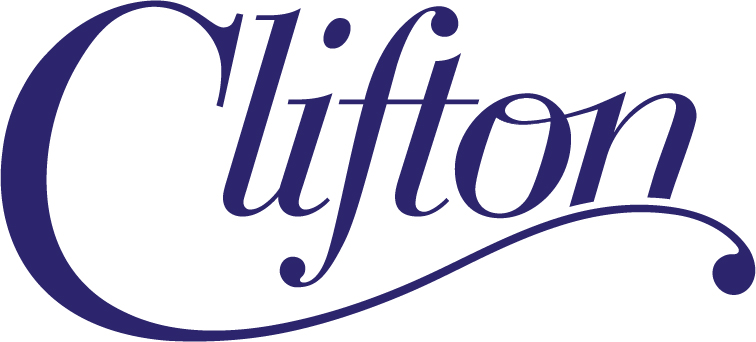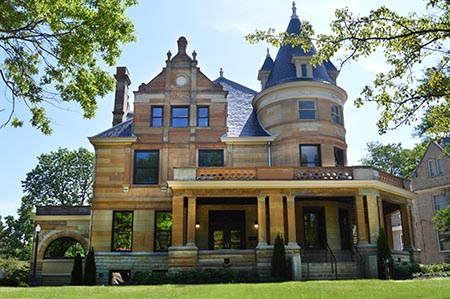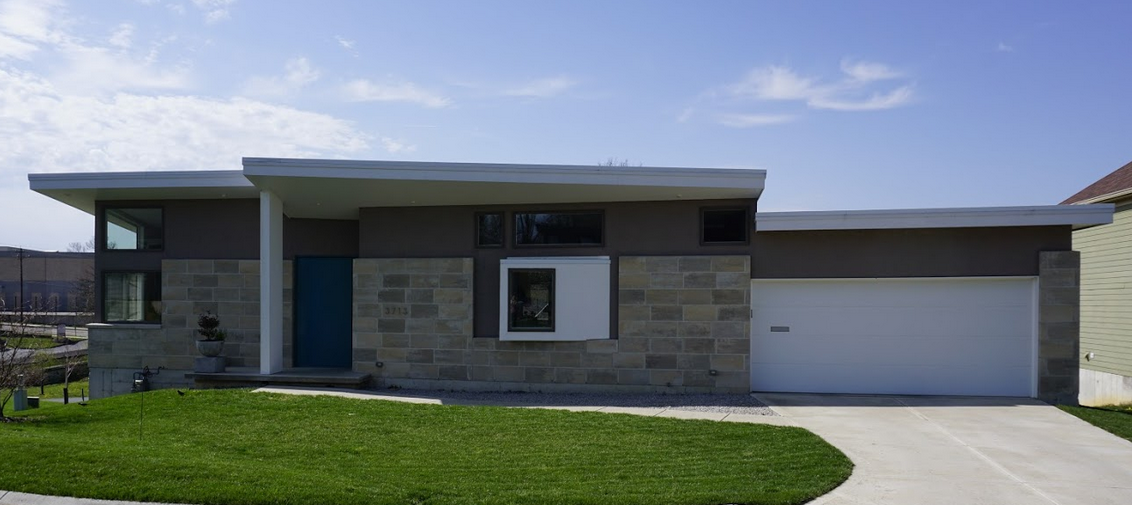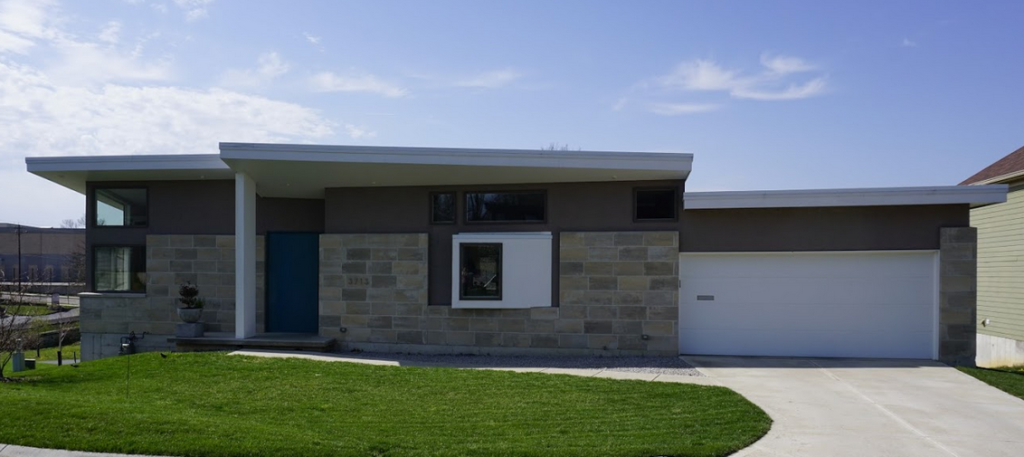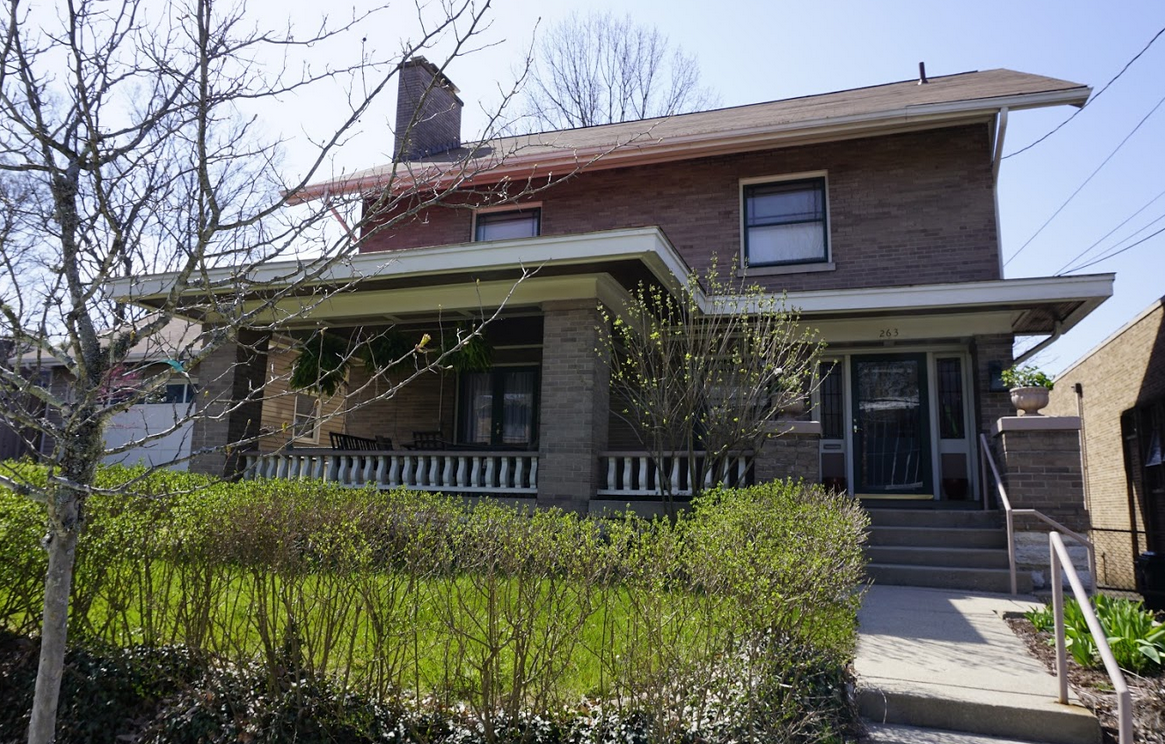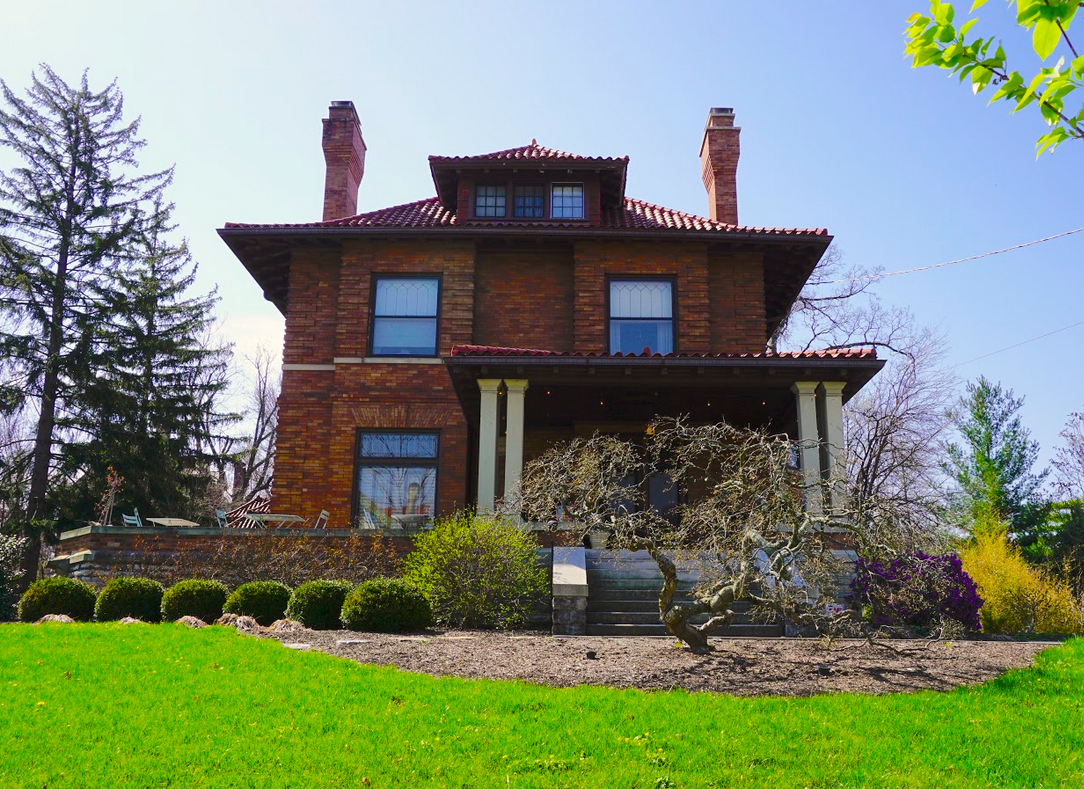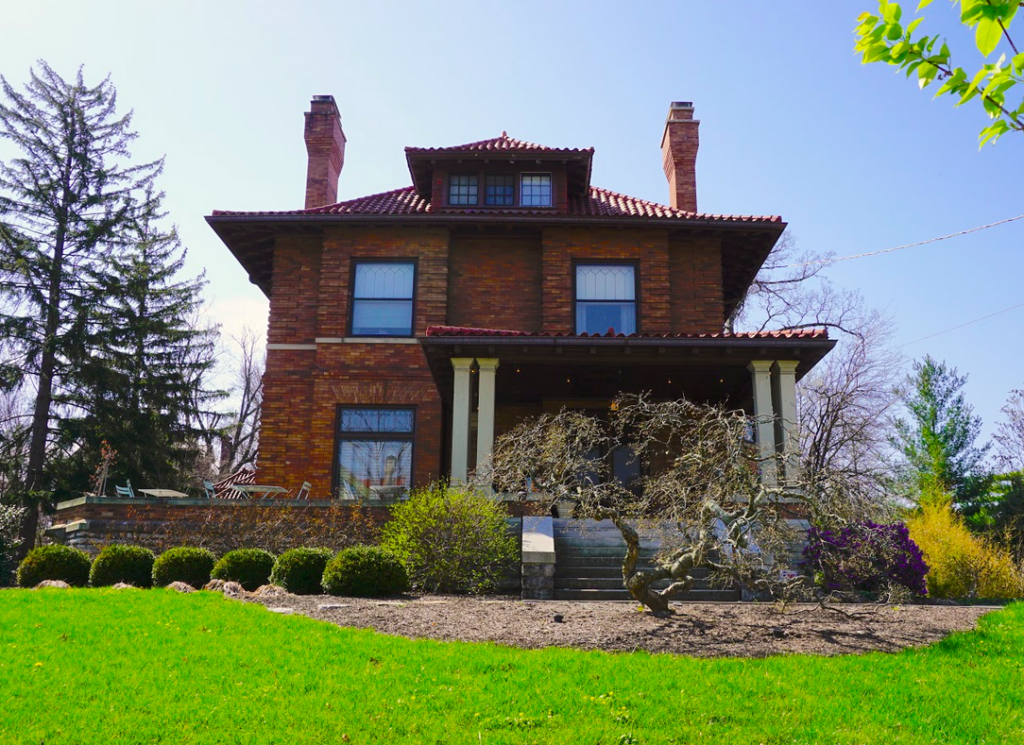Did you miss the perfect Mother’s Day event, when all locations were open for visitors? If so, we’ll break it down here for your casual strolling enjoyment. Parking opportunities are marked on the map with a P, with easy walkability in 3 groupings suggested for those who don’t want to go the full distance. You can enjoy a sidewalk view of all 10 locations while traversing our walkable, beautiful neighborhood! Credits to the official tour booklet’s writer Lindsay Wile and illustrator Sonja Thams.

South Grouping
429 Resor Avenue
Built approx. 1870; current homeowners Benjamin Schmidt and Danielle Nitti. Renovations: Second Empire style was conserved during a 2017 renovation by previous owners, which added new kitchen, baths, and opened the floor plan. History: Two important Clifton founders built, then inhabited this historic manor. The McAlpin family (1870s), followed by the Isaac Burnet Resor family until Mr. Resor’s death in 1909, when the home was transformed into rental and boarding before the next sale.
3345 Whitfield Avenue
Built in 1848 by Richard Smith/famed newspaperman, now the location of the Center for Mind, Body and Play. Restorations over 30 years by previous owners Tom and Linda Bender.
New transformations: Interior design Tara Ryan Busch of Boxwood Interiors, Bobby Bedinghaus and Chris Liedke of Bedinghaus Painting
587 Terrace Avenue
Built 2017-2018 by owner Dr. Michael Willing. Brad Roush/architect, Andrew James BuildersJill Koch/interior designer. LEED gold certification, Pool by Mid American (2022).
History: This property previously was the site of a modest 2-bedroom home (1954). Acquired in 2016, Dr. Willing sketched out his intentions for a new home, designed in harmony with a Sears home across the street.
North Grouping
8 Belsaw Place
Built 1922; homeowners Guy and Kelly Banesse. Design: NOLI Kitchen (Agostino Fede design/build); Quince & Quinn (John Hinger interior design)
439 Wood Avenue
uilt 1920 by Alfred S. Berghausen. A Craftsman bungalow. Current steward/renter Michael Friedes
403 Lafayette Avenue
Built 1853; current homeowners Jess and Andrew Salzbrun. Renovations: All Around Joe, NOLI Kitchen, and Jess Salzbrun. History: The Neave/Sabin residence was home to the Alexander C. Neave family and his descendants from 1853 to 1925. The formal entryway pediment and columns were added to the façade in 1910. Dr. Albert Sabin and his family moved to Cincinnati in 1947 and chose this address as their home. Here, in his personal laboratory, Sabin would produce the world-famous Sabin polio vaccine.
517 Lafayette Avenue
Built in 2011 by owners Bill Chappie and Scott Allgyer. Architect Ron Sabo and Justin Goldwire/Goldwire Gardens. Creative evolution over 13 years by Bill (the visionary) and Scott (the executor).
East Grouping
Clifton Cultural Arts Center – 3412 Clifton Avenue
Built in 2024; Emersion Design/architecture and engineering; Skanska/construction management. History: CCAC’s new permanent home is set into the heart of Clifton, presenting a lively atmosphere of efficiency and inclusivity. Careful choice of materials and preservation of existing sightlines have made this 18,000-square-foot modern structure a well-integrated new gathering and performance space. A variety of classrooms and galleries welcome audiences, artists and educators. All is topped off with a green rooftop terrace where visitors enjoy an overview of Clifton’s lush trees and vintage rooftops.
2 East Interwood Place – The Pool and Marietta Gardens
Built 1925; homeowners Nora and Steve Fink. Pool Design: Christopher Lamond & Lamond Design and Mid American Pools
New Garden Plot at Vine and Glenmary Avenues
Built 2023; David Jackson/D2 Landscaping and Outdoor Service
